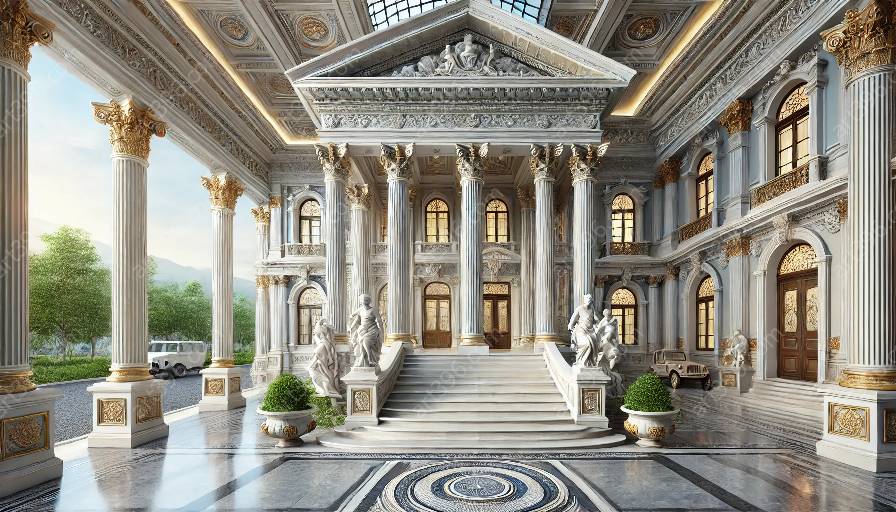Neoclassical architecture, with its roots in classical antiquity, witnessed a fascinating transmission and reception across regions and time periods, leaving a profound impact on the history of architecture. This architectural movement, which emerged in the 18th century, drew inspiration from the classical forms of ancient Greece and Rome, incorporating a sense of order, symmetry, and grandeur.
The transmission of neoclassical architecture can be traced through several key avenues, including historical, cultural, and artistic influences. Within this cluster, we will delve into the regional variations, the evolution of neoclassical architecture, its impact on society and the built environment, and its enduring legacy.
Transmission of Neoclassical Architecture
Neoclassical architecture gained prominence during the Renaissance, and it spread rapidly across Europe, ultimately reaching other parts of the world during colonial expansion and cultural exchange. The transmission of neoclassical design principles was facilitated through architectural treatises, such as 'The Four Books of Architecture' by Andrea Palladio, which disseminated classical principles and served as a guide for architects across different regions.
Furthermore, the grand tours undertaken by young architects and nobility allowed for the exchange of architectural ideas and the immersion in the classical heritage of Italy and Greece, leading to the incorporation of neoclassical elements in their designs upon returning home. The architectural language of neoclassicism was thus disseminated across borders through travel, literature, and the migration of ideas, resulting in a widespread reception of this style.
Regional Variations and Adaptations
As neoclassical architecture transcended geographical boundaries, it underwent diverse adaptations and interpretations in different regions, each influenced by local traditions, building materials, and cultural context. In the United States, for example, neoclassicism manifested as Federal style architecture, combining classical motifs with local variations to communicate the young nation's aspirations and identity.
Similarly, the reception of neoclassical architecture in Russia saw the emergence of the Russian neoclassical style, characterized by the fusion of classical elements with traditional Russian architectural features, reflecting the country's unique cultural heritage. These regional nuances highlight the dynamic nature of neoclassicism as it interacted with local architectural traditions, yielding distinct expressions of the classical language.
Impact on Society and Built Environment
The widespread reception of neoclassical architecture exerted a significant influence on society and the built environment. The grand public buildings, such as government edifices, museums, and libraries, conceived in the neoclassical style projected a sense of authority, permanence, and cultural continuity, symbolizing the ideals of democracy and civic pride.
In urban planning, the neoclassical aesthetic often shaped the design of city squares, boulevards, and monumental axes, imparting a sense of grandeur and civic order. The architectural vocabulary of neoclassicism also permeated residential architecture, translating into elegant mansions, townhouses, and villas that became emblematic of an era marked by refinement and classical revival.
Evolution and Legacy of Neoclassical Architecture
Over time, neoclassical architecture evolved and adapted to the changing tastes and ideologies, embracing reinterpretations and revivals in different periods, such as the Greek Revival and the Beaux-Arts movement. Despite the subsequent shifts in architectural paradigms, the neoclassical legacy endured, leaving an indelible imprint on the architectural heritage of numerous cities and regions around the world.
The lasting legacy of neoclassical architecture can be witnessed in the preservation and restoration of neoclassical landmarks, as well as in contemporary architectural projects that draw inspiration from its timeless principles. The enduring appeal of neoclassical design continues to resonate with architects, designers, and admirers of classical beauty, ensuring its continued transmission and reception in the evolving landscape of architecture.





























































